In this tutorial, you will learn how to edit the HTML structure of a website using the Chrome Developer Tools (DevTools). These handy tools allow you to observe changes in the structure and presentation of your website in real time. The DevTools offer numerous features to facilitate the development and debugging of webpages. In this tutorial, we will focus specifically on editing HTML and the DOM (Document Object Model).
Key Takeaways
- The Chrome Developer Tools allow extensive manipulation of HTML and the DOM.
- You can duplicate HTML elements, edit their text, add or remove attributes, and even adjust the style of an element.
- These changes are not permanent and help with testing and debugging webpages.
Step-by-Step Guide
First, you must ensure that you have the Chrome Developer Tools open. You can do this by right-clicking on the webpage and selecting "Inspect" or by using the keyboard shortcut Ctrl + Shift + I (Windows) or Cmd + Option + I (Mac).
Duplicating Elements
To duplicate an element, right-click on the desired element in the Elements tab of the DevTools and select the "Duplicate Element" option. This will copy the entire element, including all styles.
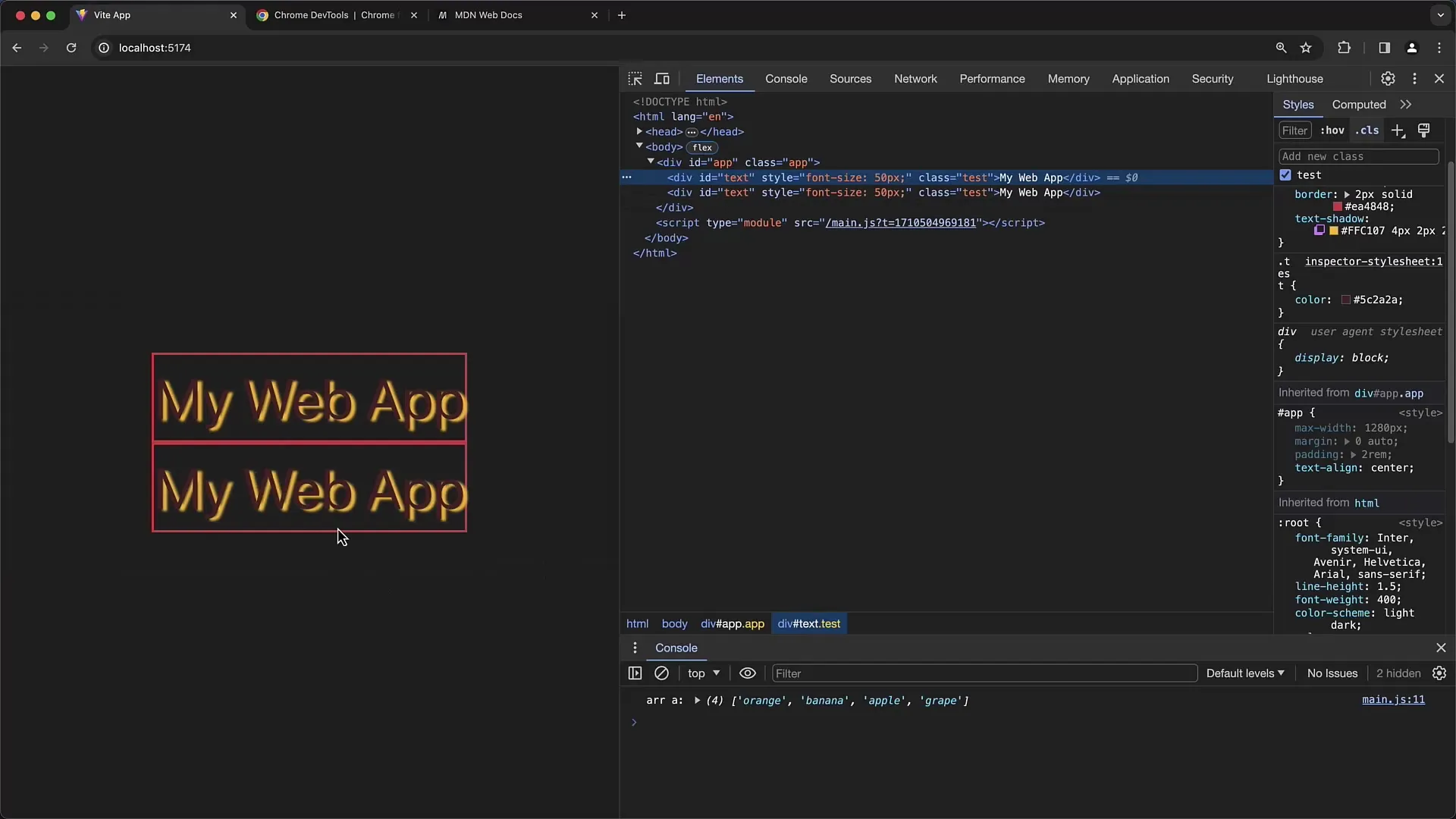
Editing HTML
You can also directly edit the HTML content of an element. Right-click on the element and select "Edit as HTML." An input field will open where you can edit the HTML code.
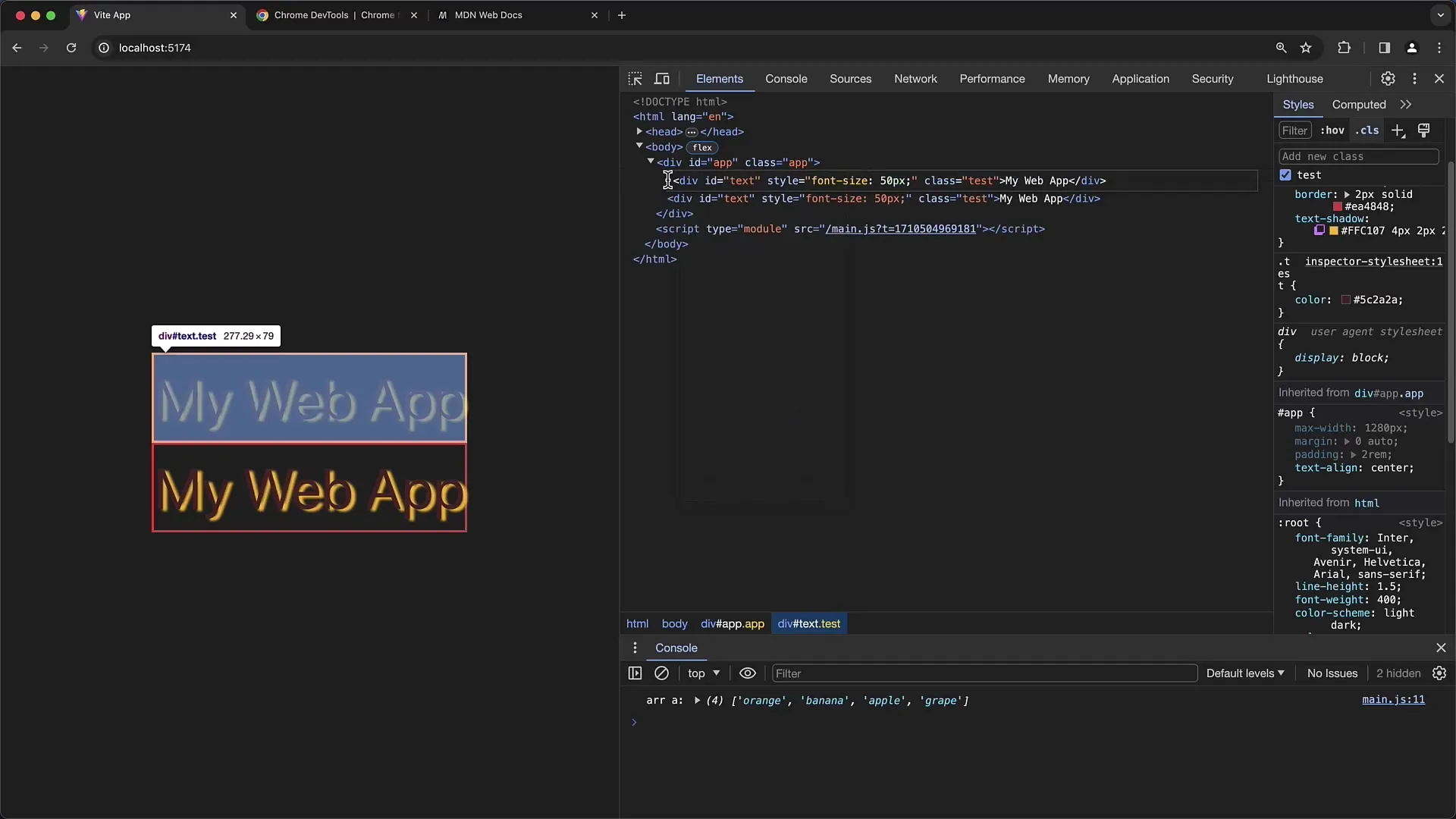
Here, you can even add multiline content by using
tags to create line breaks.
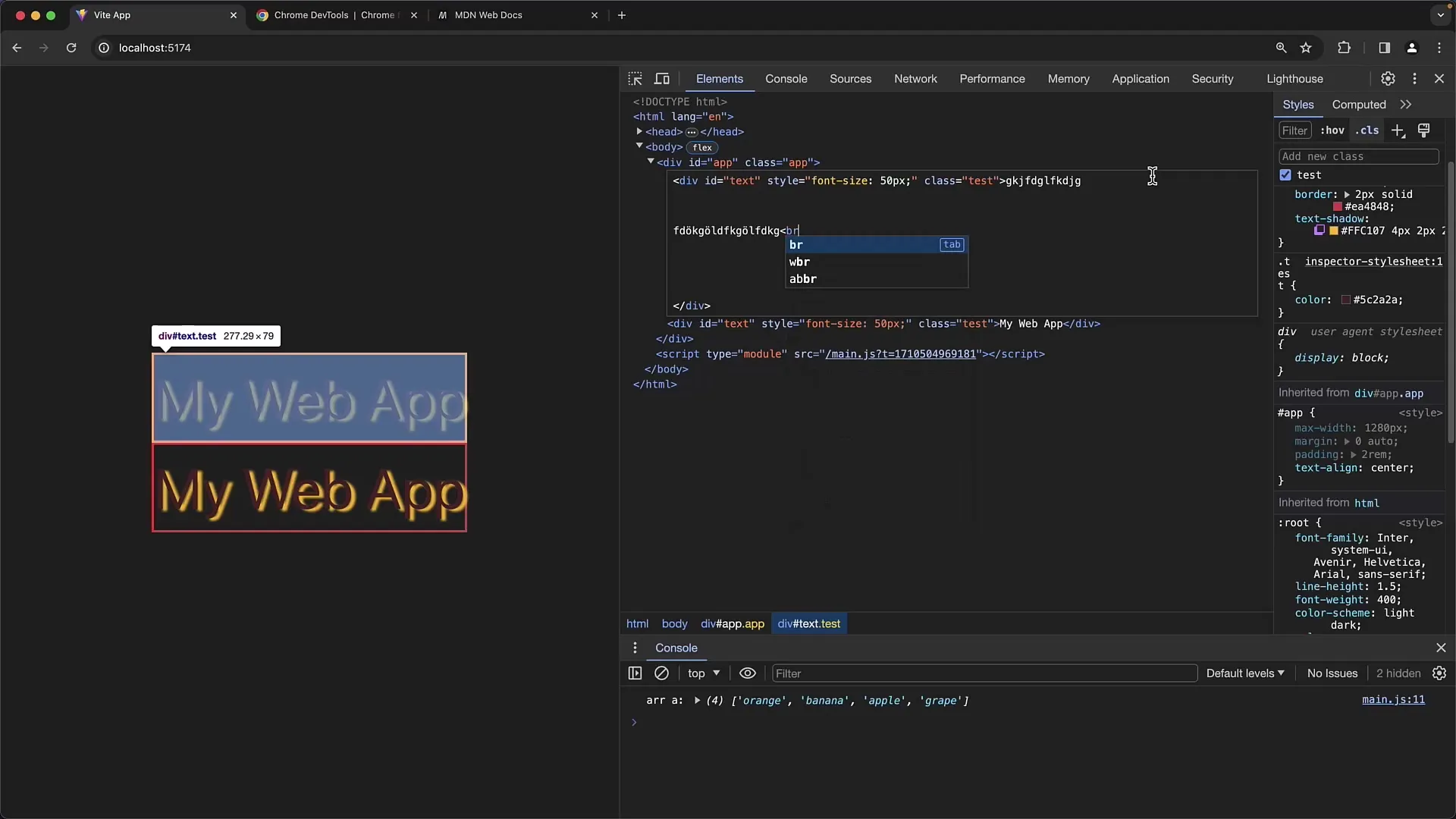
To save the changes, simply press the Enter key or click outside the input field.
Adding and Editing Attributes
To add or edit an attribute, simply click on the element. Double-click on the desired attribute, such as disabled, and edit it directly.
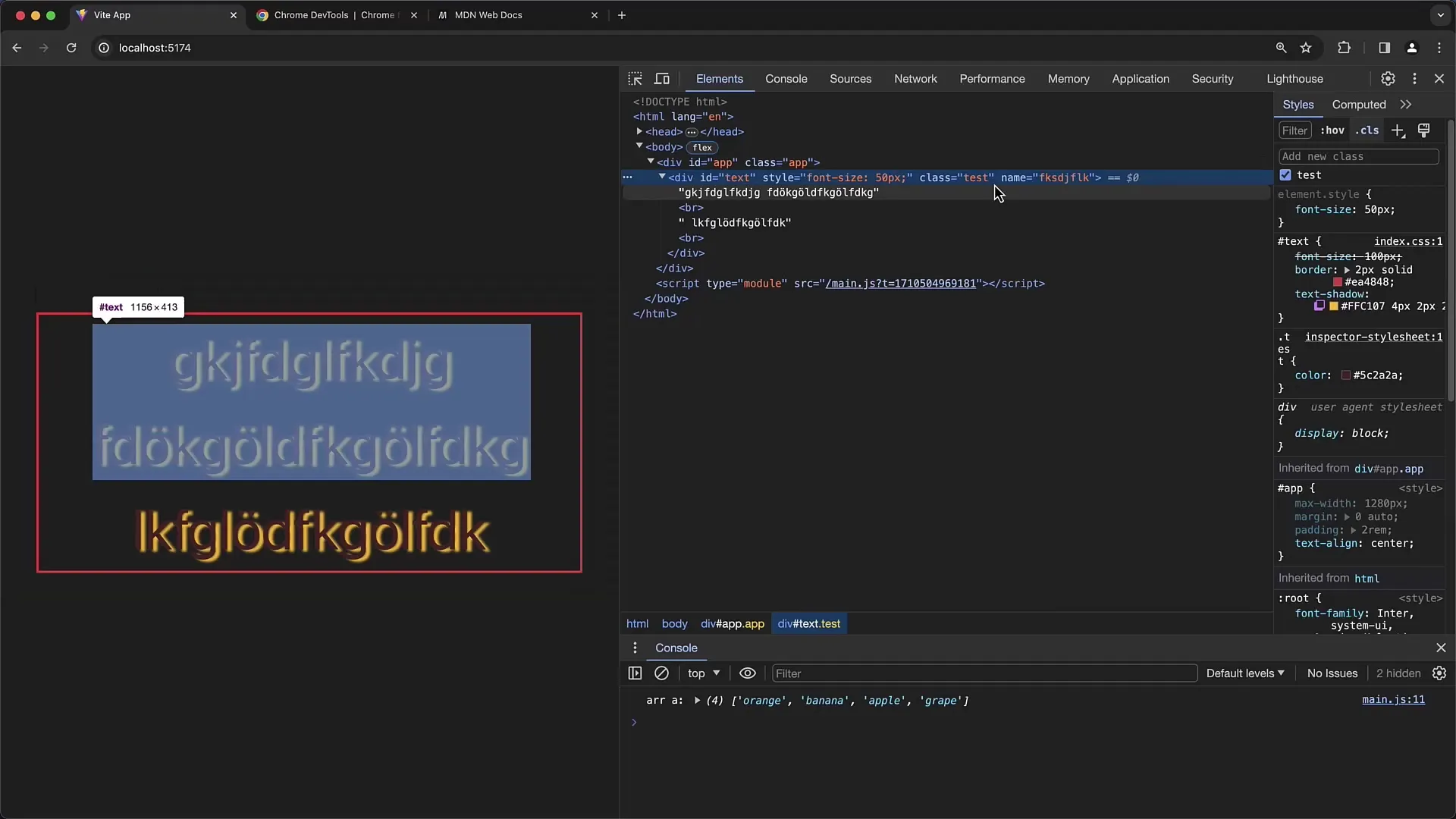
To add a new attribute, right-click on the element and select the "Edit attribute" option. Enter the new name and value of the attribute and confirm with the Enter key.
Deleting Elements
If you no longer need an element, you can simply delete it. Right-click on the element and select "Delete." The element will be immediately removed from the DOM.
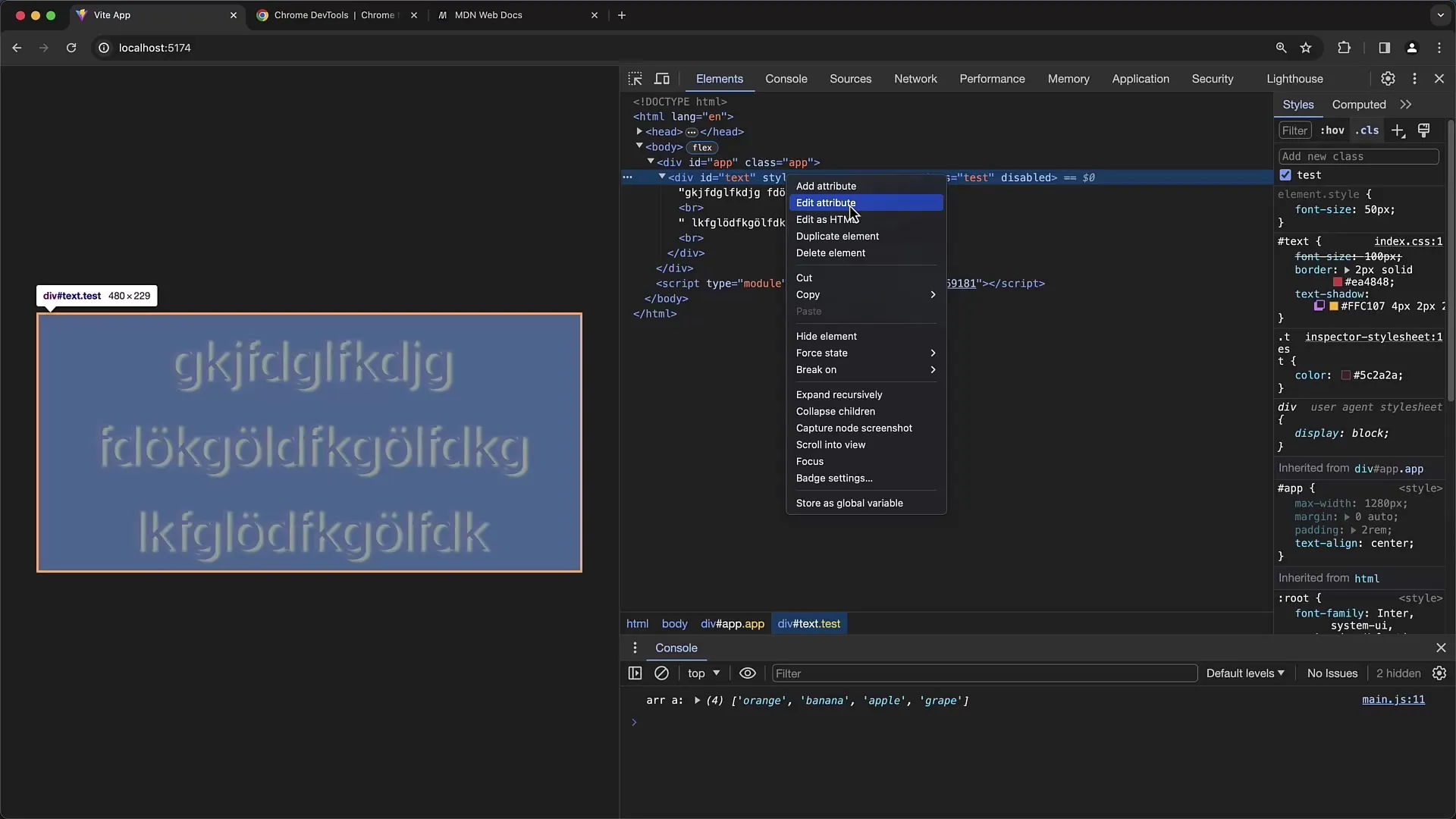
Forcing Styles
A great feature of the DevTools is the ability to force the hover state of an element. Right-click on the element and select "Force state" > "hover." This will show the hover effect, allowing you to see the impact of the CSS styles.
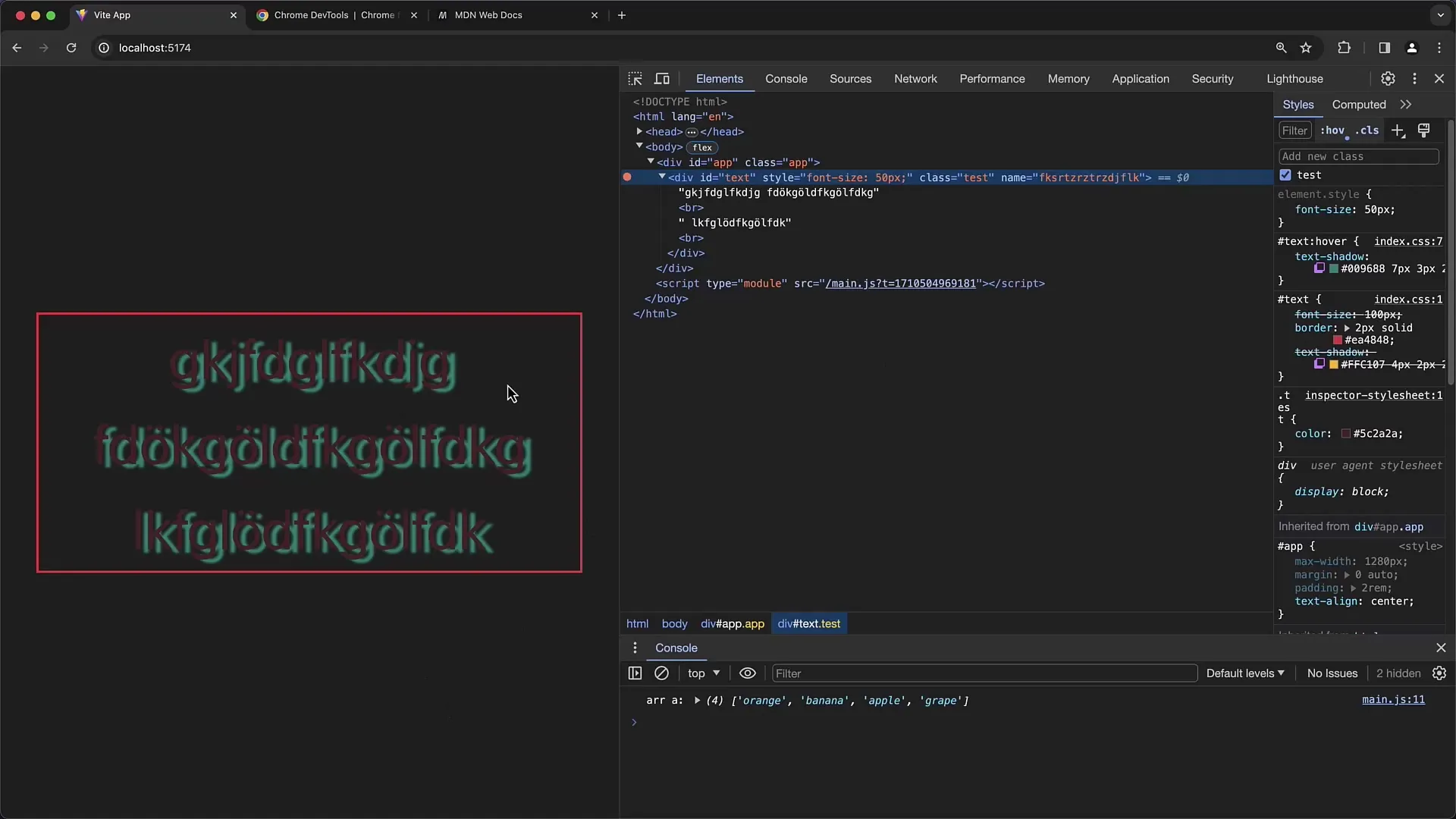
Controlling Visibility
Sometimes you may want to make elements invisible without deleting them completely. To do this, you can control the visibility of an element. Right-click on the element, select "Hide element," and the element will be hidden but remain in the DOM.
The Body and the entire structure
You can also access the Body element and make changes to the entire page. To edit the content of the Body tag, you simply need to select the element and apply the techniques described above.
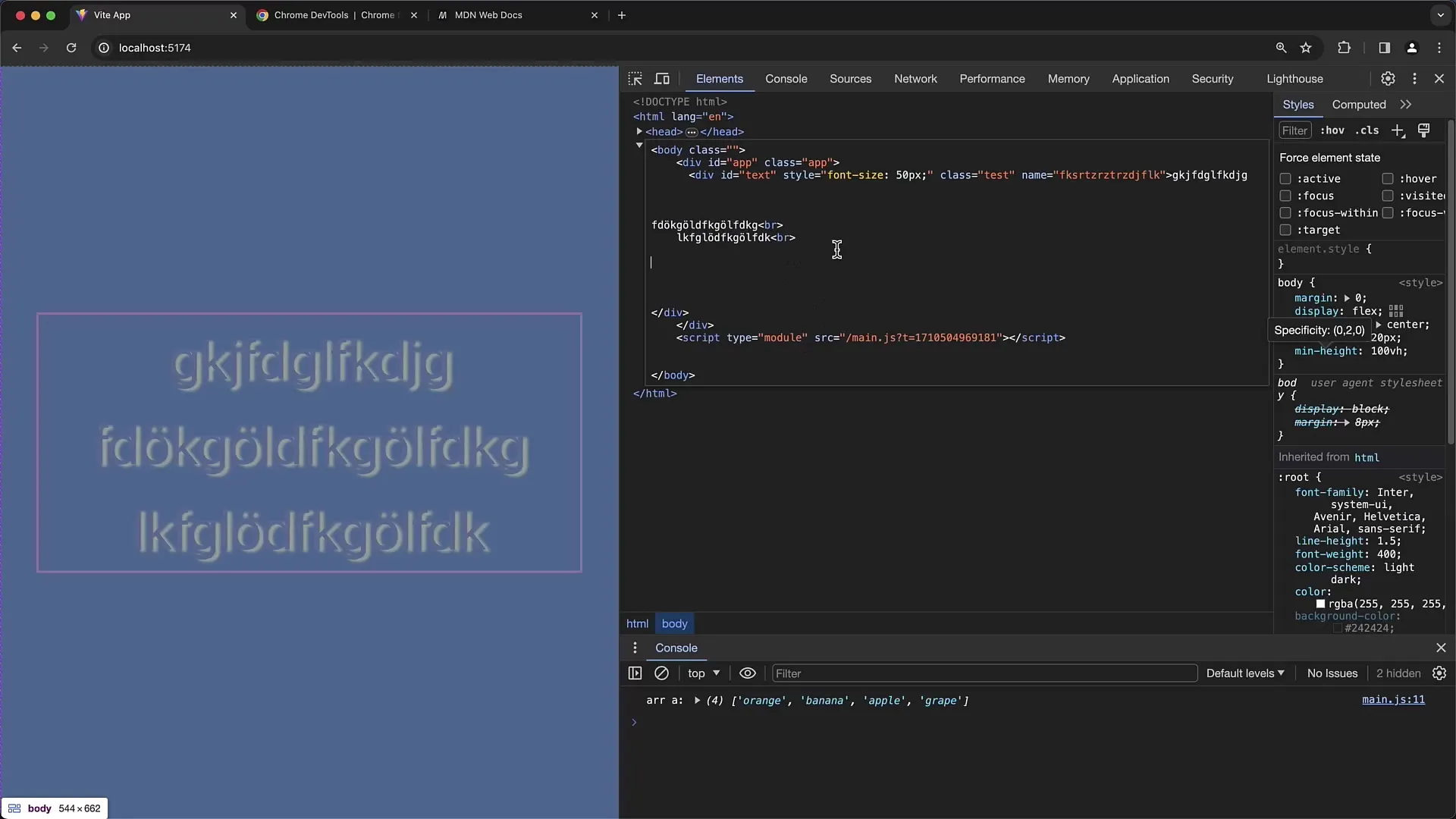
Applying changes
It is important to note that all changes made through the Developer Tools are temporary. If you refresh the page, all customizations will be lost. Therefore, it is advisable to copy the edited code and save it in your project if you want to keep the changes.
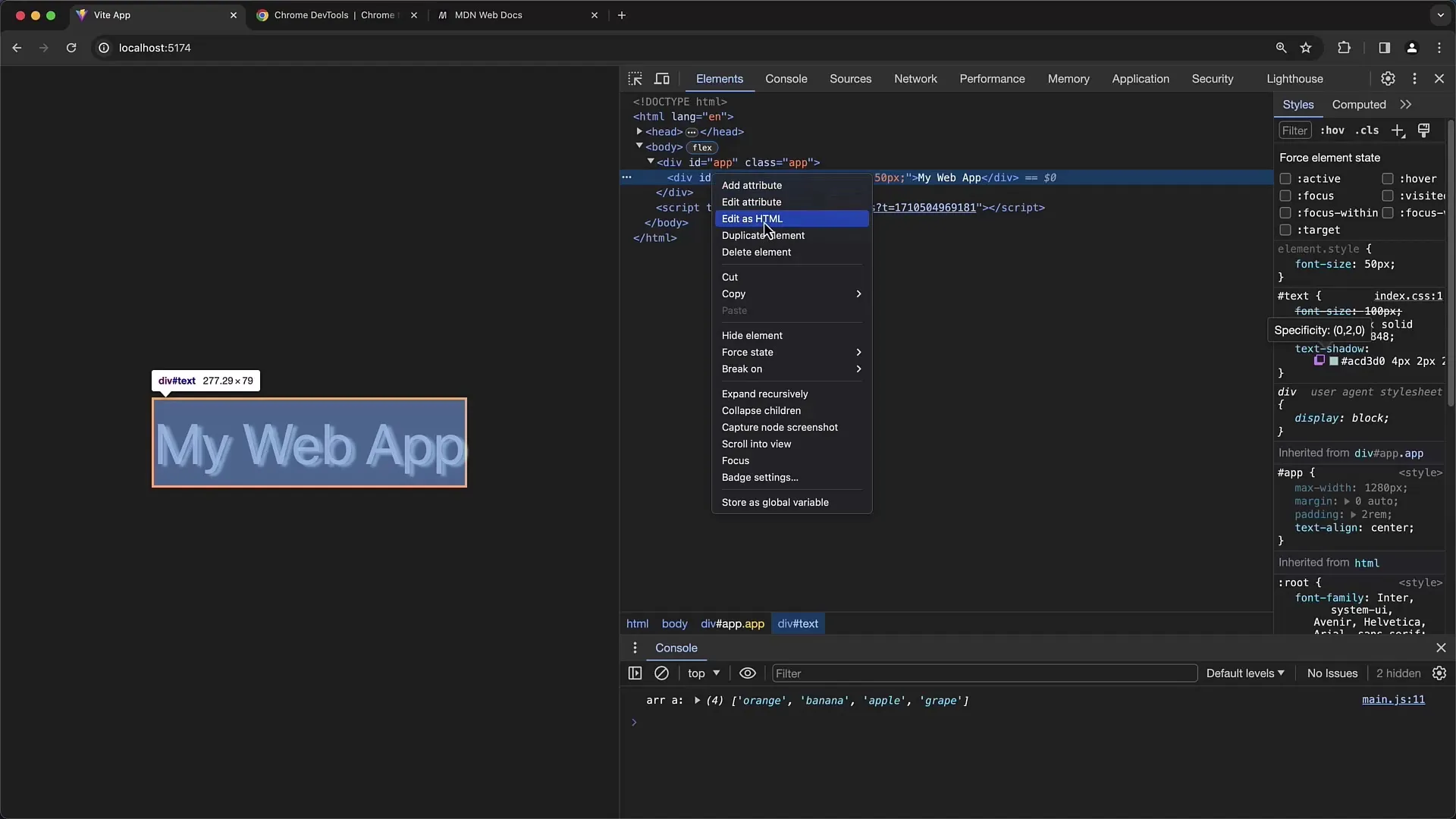
Summary
In this tutorial, you have learned how to use Chrome Developer Tools to edit HTML and the DOM. You can duplicate elements, modify HTML, add or delete attributes, and control the visibility of elements. These functions are particularly useful for debugging and web development.
Frequently Asked Questions
How can I open Chrome Developer Tools?Open the DevTools by right-clicking on the webpage and selecting "Inspect" or using Ctrl + Shift + I (Windows) or Cmd + Option + I (Mac).
Are the changes permanent?No, changes made in the DevTools are temporary and will be lost when the page is reloaded.
Can I add multiple lines of text?Yes, by using
tags in HTML to insert line breaks.
What should I do if I want to delete an element?Right-click on the element and choose "Delete".
How do I set a hover state?Right-click on the element and choose "Force state" > "hover" to display the hover effect.


